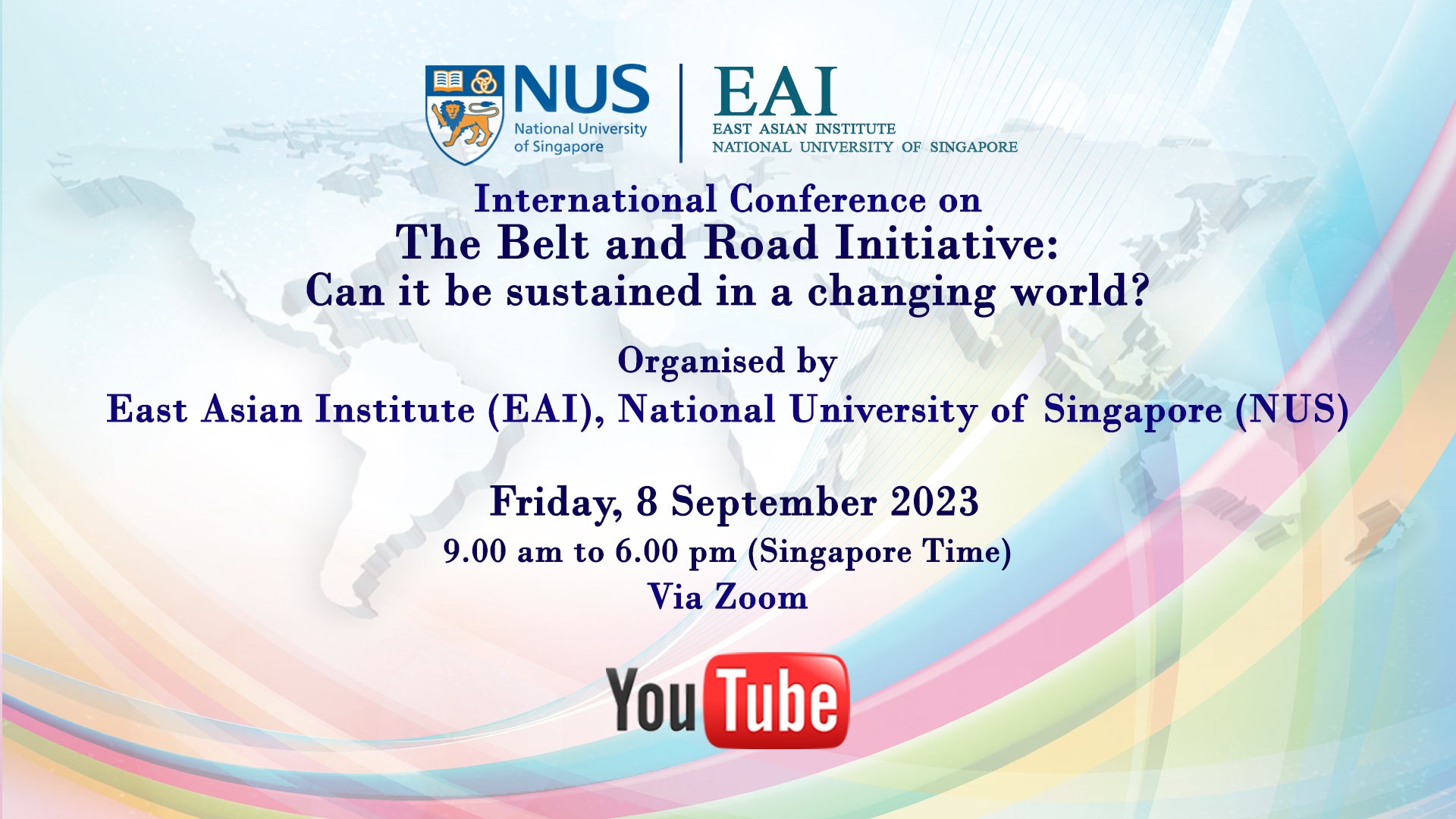Please click HERE for the video recording on YouTube.
The Belt and Road Initiative (BRI) proposed by China’s President Xi Jinping in 2013 consists of the land-based Silk Road Economic Belt and the sea-based Maritime Silk Road. The BRI resonates with the centuries-old Silk Road linking the vast Eurasian continent to East Asia. It has been the central pillar of China’s foreign policy since 2013.
The BRI celebrates its the 10th anniversary of implementation in 2023. A total of 152 countries had signed up for China’s BRI by June 2023. Such a response lends international credibility to this initiative. Many countries are still facing bottlenecks for boosting trade within their borders or across them due to a lack of infrastructure and poor interregional connectivity. There is a huge financing demand for infrastructure projects in the developing countries.
The BRI is important for securing global market access for Chinese firms and promoting close trade and economic cooperation between China and BRI countries via improving infrastructure connectivity. Through the BRI, China is rapidly extending its geostrategic influence in Asia and beyond.
Nevertheless, China’s push for the BRI is facing both internal and external challenges. From the external perspective, critics argue that China’s investments in BRI-affiliated infrastructure projects are costly and impractical, bearing issues of debt burdens and corruption in internal transactions. Moreover, the BRI has been embroiled in the intensifying power rivalry between the United States and China. Infrastructure financing and development is increasingly becoming an area of competition for major powers to gain regional influence. Internally, China’s economy is now facing significant headwinds from long-standing structural issues riddling the domestic economy and from population decline and ageing.
At this international conference on the BRI, four academic sessions featuring scholars and experts in this field will discuss on geoeconomics, infrastructure construction, role of new multilateral development banks in infrastructure financing, the ripple impacts of China’s BRI on regional countries, and the reactions to the Initiative from the non-BRI countries. The Roundtable after the four sessions will discuss the challenges faced by the BRI, the readjustment and adaptability of BRI implementation and its prospects amid a changing world.
Note:
Photography and videography may be carried out during the event by EAI for its print publications, digital platforms and/or marketing channels. For enquiries, please contact the Institute at 6516 3708 / 6516 8333 or email: eaiwym@nus.edu.sg / james_tan@nus.edu.sg.
Please subscribe to our emailing lists at https://tiny.cc/eai-emailing and YouTube channel at https://youtube.com/EastAsianInstituteNUS. Thank you.



